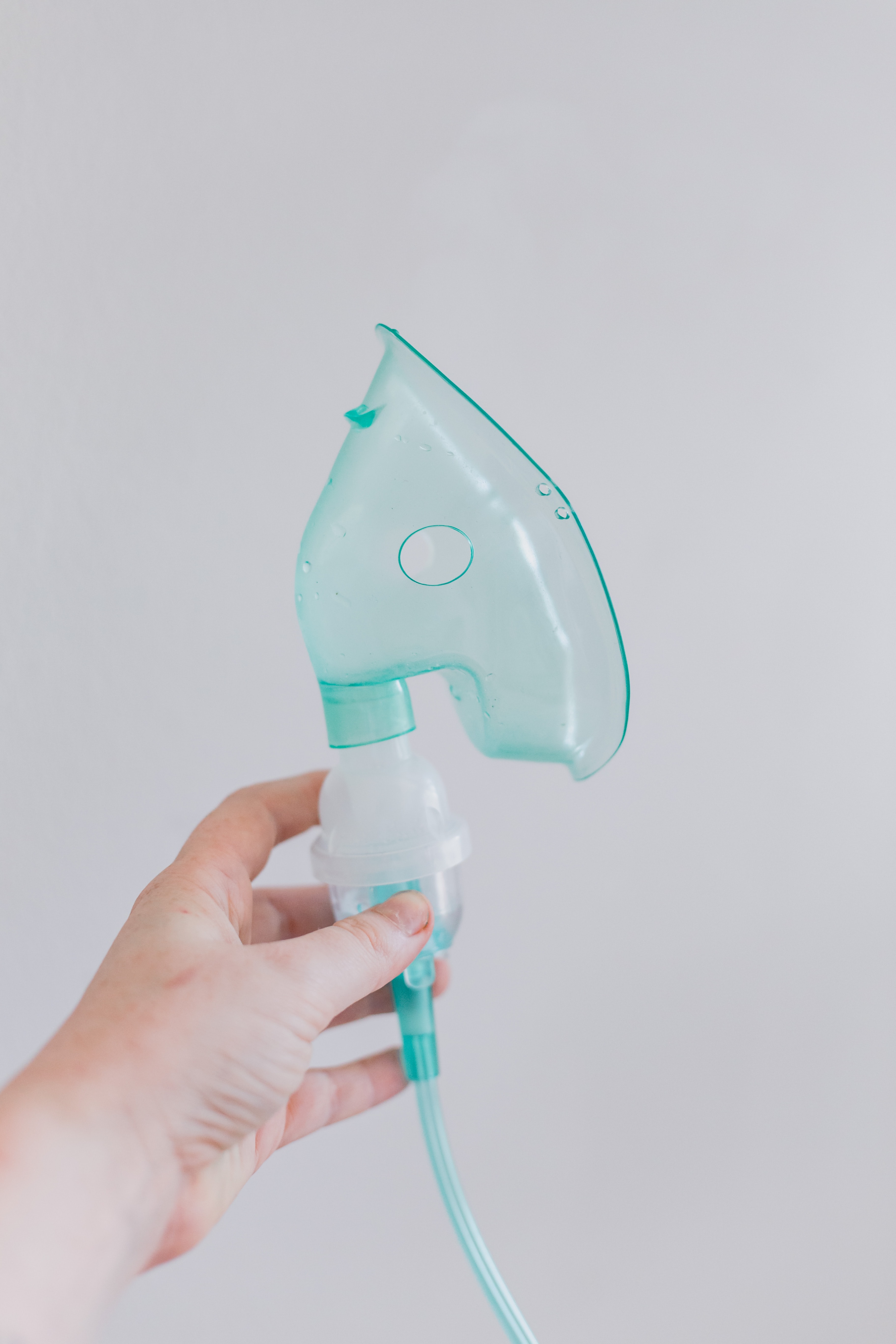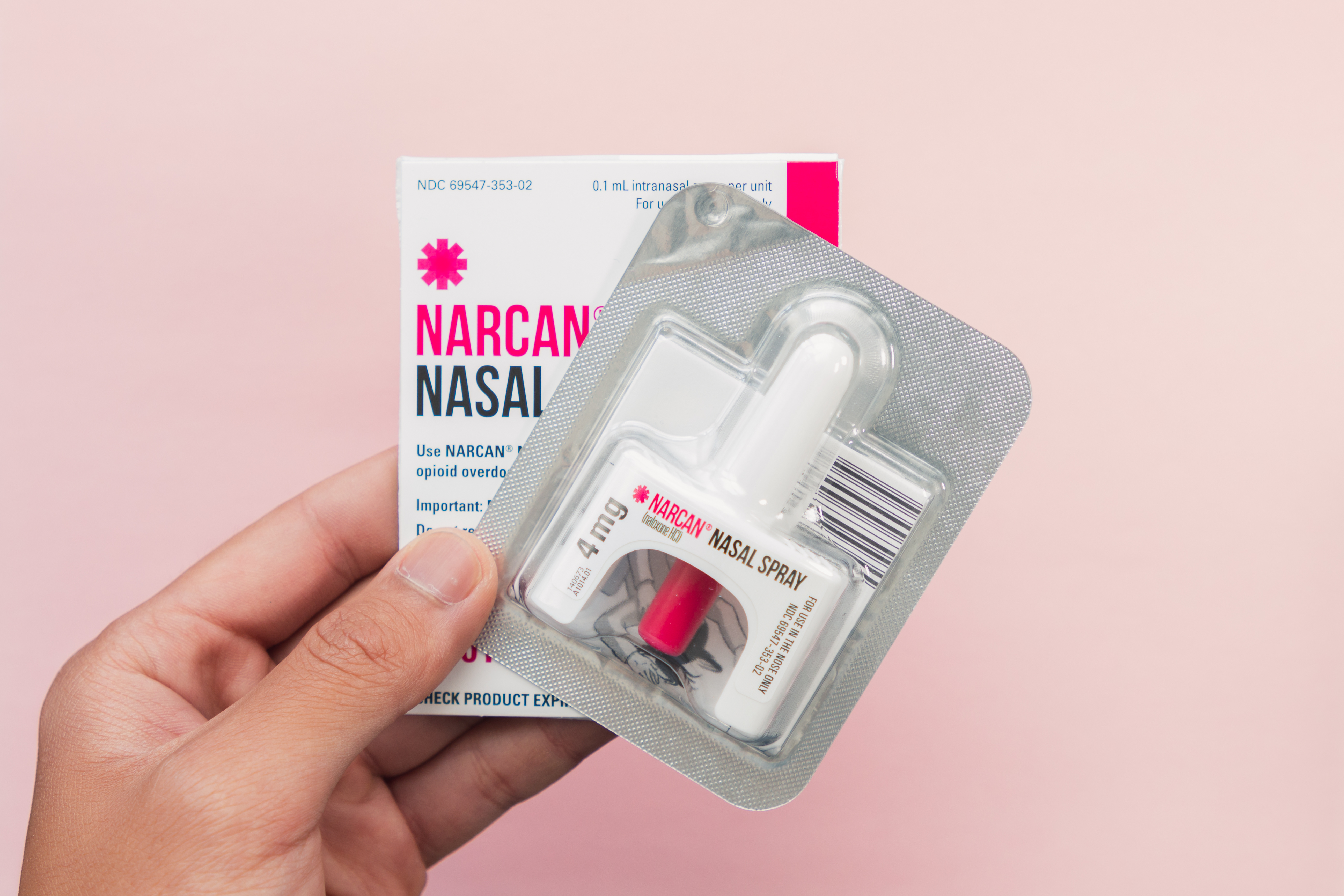Muscle Relaxers: Best Over-The-Counter and Rx Options
Your best options for muscle relaxers: over-the-counter and prescription medications for muscle spasms or pain.
Have you ever tweaked your back, experienced a leg cramp, or woken up with a neck so stiff you can barely turn your head? If so, you’ve probably experienced a muscle spasm or muscle tension. Muscle spasms or tension can occur due to dehydration, overuse or strain. They can seriously impact daily activities like sleeping, driving or lifting objects.
If you have neck or back pain, or another condition that causes muscle spasms, your doctor might prescribe a muscle relaxer (or muscle relaxant) for you. Muscle relaxers are medications that reduce muscle spasms and tension. They work by blocking nerve impulses in the muscles, which helps your muscles relax.
Muscle relaxers can only be prescribed by a doctor. However, muscle pain can also be helped by some over-the-counter (OTC) pain medications. Examples include acetaminophen (Tylenol) or non-steroidal anti-inflammatory drugs (NSAIDs) like ibuprofen (Advil) and naproxen (Aleve).
We’ve teamed up with Sesame’s medical director, Dr. Allison Edwards, MD, to discuss explore popular OTC and prescription muscle relaxants. We'll chat about how they work, important side effects and precautions. We’ll also discuss when and how to seek a medical provider for proper care.
Best over-the-counter muscle relaxers
Over-the-counter (OTC) medications are drugs that can be purchased at your local pharmacy or convenience store. These medications are non-prescription, so they're not the same as prescription muscle relaxers. However, they can still be effective at reducing pain from muscle pain and spasms.
“Over-the-counter medicines like NSAIDs and naproxen can still provide muscle-relaxing effects, such as relief from muscle tension pain,” says Dr. Edwards. “They’re often the first line of defense when treating acute muscle pain.”
We’ve compiled a list of over-the-counter muscle relaxers and prices below as a guide to these medications. Always touch base with your doctor before taking any new OTC medications, and read bottle instructions closely.
Ibuprofen Ibuprofen is sold under the brand names Advil and Motrin. It's one of the most widely-used nonsteroidal anti-inflammatory drugs (NSAIDs) available. NSAIDs reduce pain and inflammation, so they’re able to help with some symptoms of acute (short-term) back pain or muscle spasms. Ibuprofen can also be used to treat pain from headaches or migraines, minor injuries, and reduce fever. It’s typically taken every 4-6 hours depending on strength. In terms of cost, generic ibuprofen is just as effective as Advil and Motrin and is far less expensive. For example, a 100-count bottle of 200mg Advil costs $9.88 at Walmart, while its generic counterpart costs $1.98.
Naproxen Naproxen is sold under the brand name Aleve. It's also an NSAID and can be used to treat pain and inflammation. This makes it a great candidate for the treatment of muscle cramps and spasms. Naproxen is taken every 8 to 12 hours, while ibuprofen is taken every 4-6, so it’s slightly longer-lasting than ibuprofen. Generic naproxen is typically more affordable than its name-brand alternative Aleve. Because NSAIDs are closely related, do not take different NSAID products, like naproxen and ibuprofen, at the same time. CVS sells a 90-count bottle of 220 mg naproxen sodium tablets for $12.99, while a 90-count bottle of 220mg Aleve costs $16.79.
Aspirin Aspirin is also known as acetylsalicylic acid (ASA). It's a medication commonly used to reduce fever, headaches, arthritis pain, fevers, colds and flu symptoms. It can also provide relief from heart conditions such as angina. A 36-count bottle of 81mg aspirin costs $3.69 at CVS, while its name-brand counterpart Bayers costs $4.49.
Acetaminophen Acetaminophen is known more commonly by its brand name Tylenol. It's an analgesic (pain-relieving) drug that's used to treat pain and fever. It works by blocking the production of certain chemicals in the body that are responsible for pain and fever sensations. Acetaminophen is available in many forms such as tablets, capsules, liquid solutions, and syrups. A 100-count bottle of 500mg acetaminophen costs $9.99 at Walgreens, while the same amount of Tylenol costs $13.99.
Do I need an over-the-counter muscle relaxer?
Over-the-counter pain relievers can help relieve back pain, neck pain, and other muscle pain symptoms for many people. Unsure about using over-the-counter muscle relaxers? Reach out to your doctor to discuss if OTC pain relief is the right solution for you.
“The best way to determine if you need an over-the-counter pain reliever is to talk to your primary care provider,” says Dr. Edwards. “Certain NSAIDs or other OTC pain relievers can still interact with prescription medications, and your healthcare provider can look at your existing prescriptions to ensure that there are no contraindications.”
However, if an OTC medicine doesn’t help you, contact your doctor. You may have another issue that requires prescription medication.
10 most common prescription muscle relaxers
If over-the-counter pain relief isn't helping your muscle pain or spasms, you may want to consider prescription medication. Prescription muscle relaxers are used to treat acute, painful musculoskeletal conditions. They are normally prescribed short-term, alongside physical therapy and other measures, to treat nerve and muscle pain.
There are two types of muscle relaxers: antispasmodics and antispastics. There are also several medications that fall into both of those categories. Here's how they differ in category, symptom treatment, and cost:
Antispasmodics
Antispasmodics are commonly prescribed for acute back pain or spasms caused by a spine-related problem, such as whiplash, fibromyalgia, or low back pain caused by strain. The most common antispasmodic muscle relaxer names include:
Cyclobenzaprine (Flexeril, Amrix) Cyclobenzaprine is a popular generic muscle relaxant often used short-term to treat muscle spasms and pain related to sprains, strains, etc. The average cash price for cyclobenzaprine is about $32 for a 30-count supply of 10mg capsules.
Methocarbamol (Robaxin) Methocarbamol is commonly used to treat severe muscle spasms, back pain, and occasionally tetanus spasms. The average cash price for methocarbamol is about $29 for a 60-count supply of 500mg capsules.
Carisoprodol (Soma) Carisoprodol is generally used to treat pain associated with acute musculoskeletal conditions. It's a benzodiazepine that slows down communication between the nerves and the brain, helping to relieve pain and tension. Carisoprodol has been associated with addiction, so it should be used with caution. The average cash price for carisoprodol is about $34 for a 60-count supply of 350mg tablets.
Metaxalone (Skelaxin) Skelaxin, the brand name for metaxalone, has been discontinued. However, the medication is still available in generic form. It treats non-chronic muscle pain and has a relatively low rate of side effects and sedation. The average cash price for metaxalone is about $400 for a 90-count supply of 800mg tablets.
Orphenadrine (Norflex) Brand-name Norflex has been discontinued in the U.S. However, generic versions of orphenadrine are still available. It's used to treat injury-related pain and spasms, as well as trembling from Parkinson’s disease. The average cash price for orphenadrine is about $56.29 for a 30-count of 100mg tablets.
Chlorzoxazone (Lorzone) Chlorzoxazone acts on the central nervous system (CNS) to treat the pain and spasms associated with muscle and bone conditions. The average cash price for chlorzoxazone is about $68 for a 90-count supply of 500mg tablets.
The most common side effects of antispasmodic muscle relaxers include:
- Dizziness
- Drowsiness
- Blurred vision
- Dry eyes
- Dry mouth
- Nausea
- Weakness
- Bloating
- Constipation
Antispastics
Antispastics treat muscle spasticity, an abnormal increase in muscle tone or stiffness. These medications relax tight muscles and calm spasms. These are not commonly used for acute back pain. However, they are prescribed to treat chronic conditions that involve dysfunction in the CNS or spinal cord.
Antispastic drugs are frequently prescribed for multiple sclerosis (MS), cerebral palsy, and spinal cord injuries. Common antispastic prescription muscle relaxers include:
Baclofen (Lioresal) Baclofen is primarily used to treat spasticity (continuous muscle tightness or stiffness) caused by multiple sclerosis or a spinal cord injury. Brand-name Lioresal has been discontinued. However, generic baclofen is available in the form of an oral tablet. The average cash price for baclofen is about $34 for a 60-count supply of 10mg oral tablets.
Dantrolene (Dantrium) Similar to baclofen, dantrolene is primarily used to treat spasticity. It’s effective for spasms associated with spinal cord injury, stroke, cerebral palsy, or multiple sclerosis. The average cash price for dantrolene is about $63 for a 60-count supply of 25mg capsules.
The most common side effects of antispastics include:
- Dizziness
- Weakness
- Headache
- Confusion
- Tiredness
- Problems falling asleep or staying asleep
- Nausea
- Constipation
Antispastics and antispasmodics
There are also two muscle relaxants that fall into both categories: tizanidine and diazepam.
Tizanidine (Zanaflex) Tizanidine is primarily used to treat stiffness and spasms associated with multiple sclerosis and cerebral palsy, similar to baclofen. The average cash price for tizanidine is about $37 for a 30-count supply of 4mg tablets.
Diazepam (Valium) Diazepam's sedative effects can help to reduce anxiety, relax muscles and induce sleep. The average cash price for diazepam is about $25 for a 30-count supply of 5mg tablets.
In 2016, the Food and Drugs Administration (FDA) added a black box warning to benzodiazepine muscle relaxants and other CNS depressants due to their contraindication with opioid medications.
According to the FDA, the combined use of opioid medicines with benzodiazepines or other drugs that depress the CNS has resulted in serious side effects, including slowed or difficult breathing and deaths.
Be sure to talk to your doctor if you are actively using or have recently used prescription opioid pain and prescription opioid cough medicines.
How do I get prescription muscle relaxers?
To obtain a prescription muscle relaxer, it is important to first discuss your symptoms with your healthcare provider. If skeletal muscle relaxants are deemed necessary, they will then write you a prescription for the medication.
Depending on the particular muscle relaxer prescribed, you may be required to take it orally, through an injection or topically as a cream or ointment.
Before obtaining any prescription, it is important to be aware of all potential side effects associated with this medication. As noted above, common side effects include fatigue, drowsiness and dizziness.
It is also important to follow all dosage instructions provided by your doctor in order to ensure that the drug works properly and safely, and that addictive habits are not formed.
Keep in mind that muscle relaxers are intended for short-term use only. They should not be taken for longer than two weeks without talking to your doctor first.
In many case, treatments like physical therapy or massage can help ease chronic muscle pain and spasms. Research shows that these approaches are usually more effective than medication at treating the root cause of symptoms.
When to talk to your doctor
Unsure if prescription drugs such as muscle relaxers can help with your pain symptoms? Talk to your healthcare provider!
Even though muscle relaxers are beneficial for many people who suffer from stiff or sore muscles, these types of drugs should only be used on a short-term basis. They should not replace regular rest or physical therapy recommended by your doctor.
While muscle relaxers can help to provide relief from muscle tension, spasms, and pain, there are also risks associated with their use. They can become habit-forming if misused or overdosed and can have extreme sedative effects.
Additionally, individuals with certain medical conditions such as asthma should not use muscle relaxers. These drugs have been known to cause breathing difficulties in some people.
How Sesame can help
Muscle relaxers are currently only available via prescription. This means they must be authorized by a licensed healthcare provider.
Some muscle relaxers are classified as controlled substances. Sesame providers cannot prescribe controlled substances, even if they are commonly used as muscle relaxants.
However, if you're looking for relief from muscle pain or spasms, a provider on Sesame can evaluate your symptoms during an online doctor visit. If appropriate, your provider may prescribe a non-controlled muscle relaxer or refill an existing prescription during a virtual or in-person visit.
Related posts

Choosing an over-the-counter anti-inflammatory medicine can be difficult. Here’s how to find the right NSAIDs for you.

Over-the-counter asthma inhalers may provide relief for asthma symptoms. Learn more about these medications, how they work, and your best treatment options.

Bacterial vaginosis is a common women's health condition. Learn more about the best over-the-counter and antibiotic treatment options for bacterial vaginosis.

Cialis and Viagra are prescription erectile dysfunction drugs. Learn more about the similarities and key differences between these ED treatment options.

Antibiotics are prescribed as the first-line treatment for bacterial infections. Learn more about these drugs and what over-the-counter options are available.

In this blog article, we will detail some of the most common causes of lower right back pain and how to treat the root of the problem.

Over-the-counter Narcan is now FDA-approved. Learn how this nasal spray can prevent fatal opioid overdoses and why it's essential to have on hand.

Learn the key differences between tension headaches and migraines, including symptoms, triggers, and treatments. Find out how to prevent headaches naturally, when to seek care, and how Sesame’s online providers can help you manage pain.

Generic drugs are often 80-85% cheaper than brand-name drugs. We’ve detailed comparisons on common medications to show how much you can save on your treatment.
